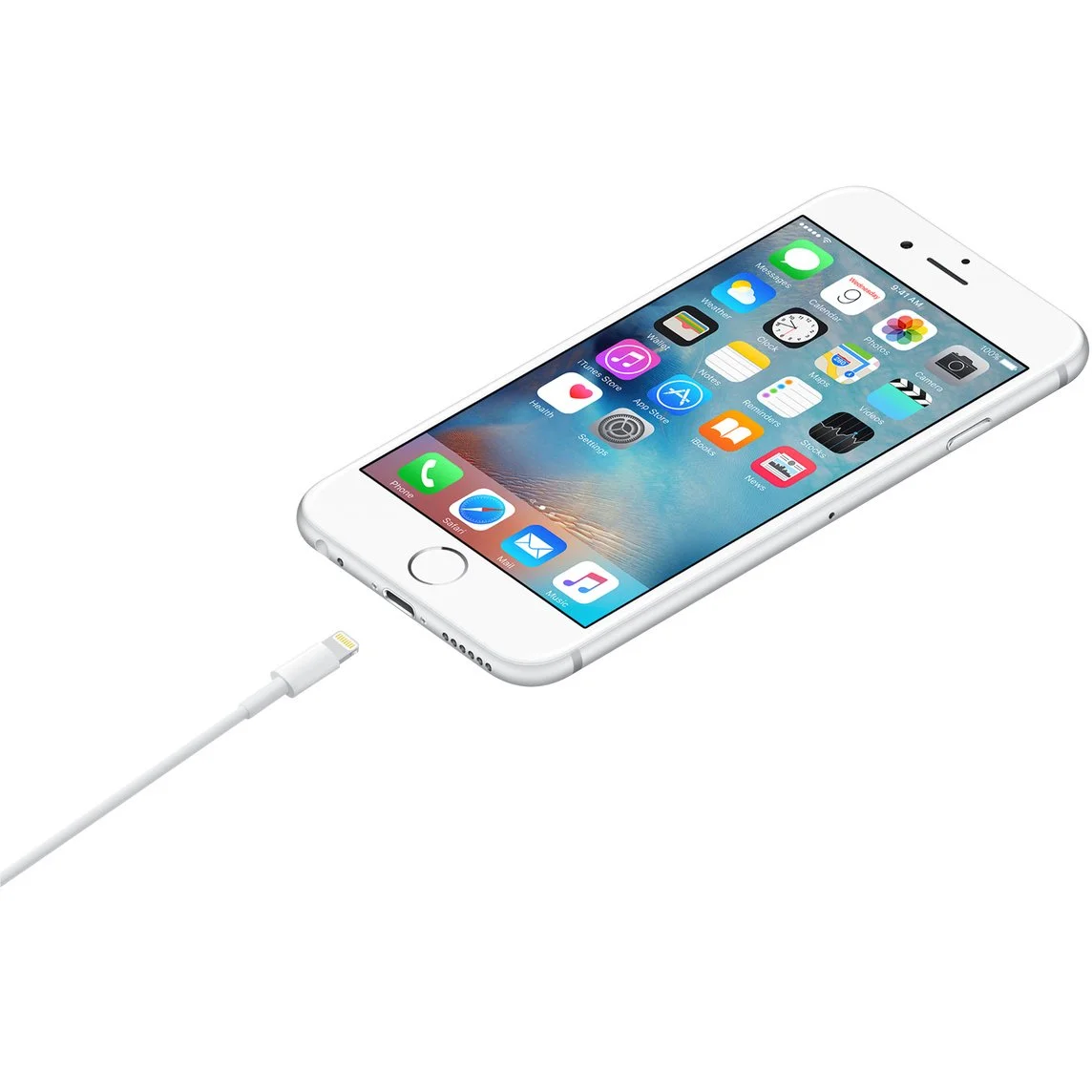With Wi-Fi Calling, you can make or receive a phone call if you have a Wi-Fi connection in an area with little or no cellular coverage. Learn how to make a voice call using Wi-Fi Calling.
Place Wi-Fi calls from your iPhone
To turn on Wi-Fi calling, go to Settings > Cellular > Wi-Fi Calling. If your iPhone has multiple SIMs, choose a line (below SIMs). Tap Wi-Fi calling and turn it on. You might need to enter or confirm your address for emergency services.
If Wi-Fi Calling is available, you’ll see "Wi-Fi" in the status bar while viewing Control Center. Then your calls will use Wi-Fi Calling.
When cellular service is available, your iPhone uses it for emergency calls. If you turn on Wi-Fi Calling and cellular service isn't available, emergency calls might use Wi-Fi calling. Your device's location may be used to aid response efforts when you place an emergen








